8 Ugly Cars From the ’80s That Are Now Considered Cool
In the 1980s, a lot of vehicles hit the streets that didn’t exactly win beauty contests, but they filled a need, had some personality, and over time, carved out a place in car culture. A few decades later, people see them with fresh eyes, collect them, and, in some cases, pay a lot to get one back in their garage.
Ford Country Squire Wagon
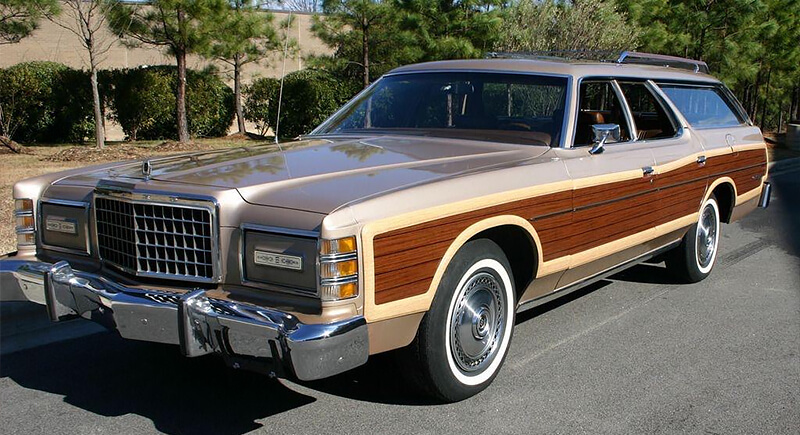
Credit: Reddit
Those long family road trips often happened in a Ford Country Squire Wagon, complete with faux wood sides and a rear bench that faced backward. It wasn’t stylish, but it offered space and consistency that families counted on. For years, it represented a benchmark for how American families got around comfortably, complete with roof racks and analog dashboards.
Subaru BRAT
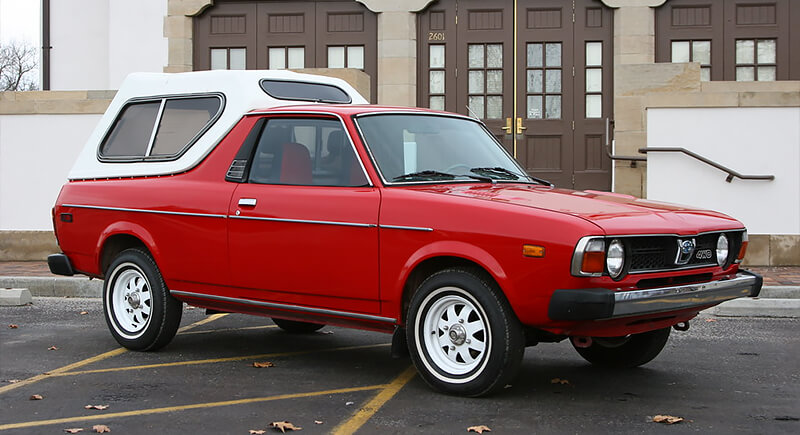
Credit: flickr
Adding plastic seats to the truck allowed Subaru to sell the BRAT as a passenger car to avoid import tariffs. That loophole led to a model that continues to stand out for being unorthodox but capable in its distinct format, off-road chops, and lightweight build.
Dodge Caravan
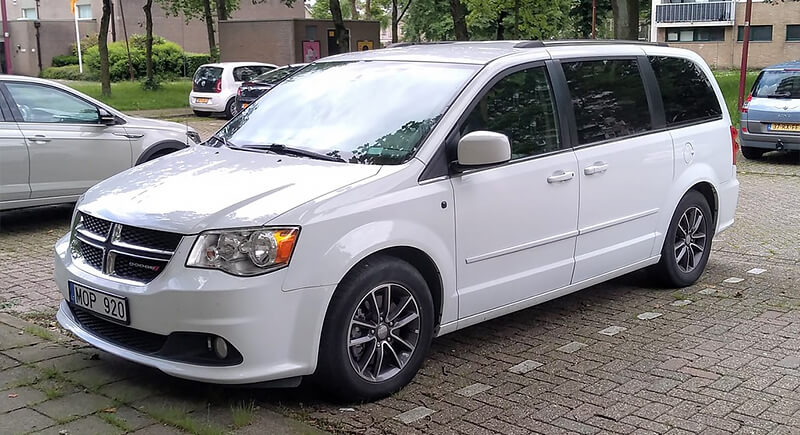
Credit: flickr
The Dodge Caravan introduced sliding doors, modular seating, and a design focused on everyday convenience. By 1985, they were a common sight—from school pickup lines to vacation routes. Some of the original Caravans are early examples of family innovation.
Volkswagen Rabbit
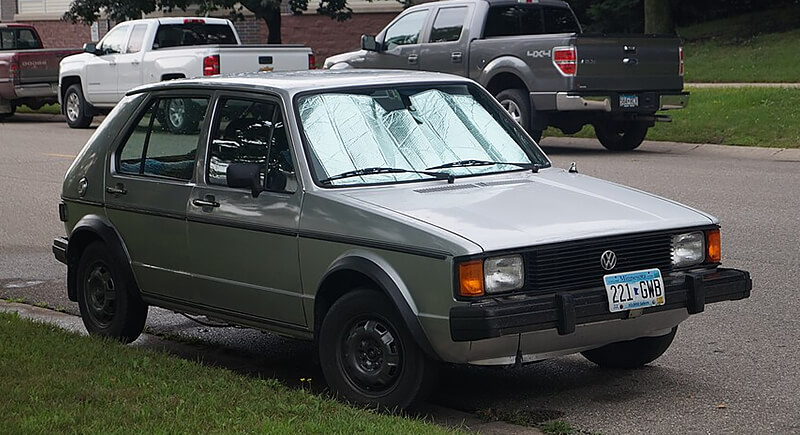
Credit: flickr
Compact and practical, the Volkswagen Rabbit had front-wheel drive and better fuel efficiency than the Beetle it replaced. Though styling was plain, it was built to last and was rewarding for its simplicity on the road. It clicked with commuters, students, and anyone tired of finicky cars.
AMC Eagle
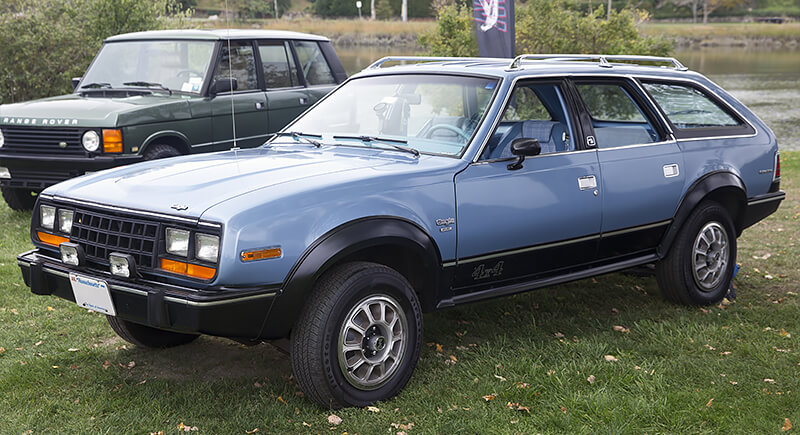
Credit: Wikipedia
The AMC Eagle was a lifted sedan with all-wheel drive—a combination that ended up inspiring what we now call crossovers. It handled snow and dirt well and found utility where other cars fell short. The Eagle now has a place in the collector world that no one could’ve predicted when it launched.
Honda Accord Hatchback
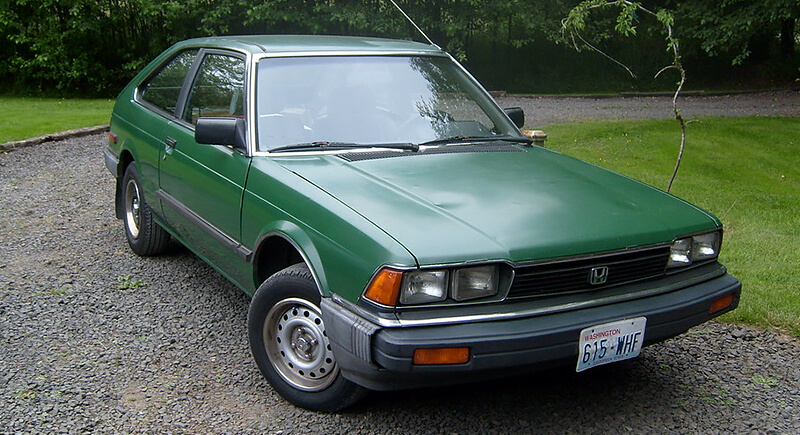
Credit: flickr
Buyers who needed something dependable turned to the Honda Accord Hatchback in the early ’80s. It was modest in appearance, but the build quality, efficient engine, and flexible cargo space made it a smart choice. These cars were known to stay on the road for years with minimal trouble. That reputation helped play a big part in how Americans started trusting Japanese cars.
Saab 900
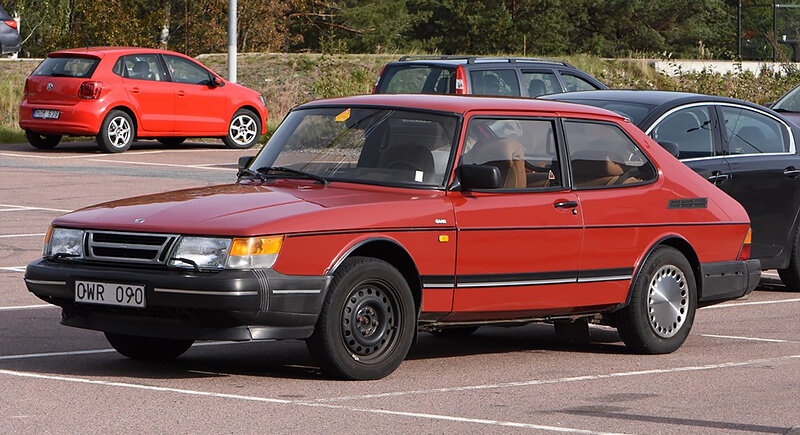
Credit: flickr
Design choices on the Saab 900 often confused new drivers, like the key between the seats or the steep windshield. But it all served a purpose. The 900 emphasized safety, had thoughtful ergonomics, and turbocharged versions could move. Saab loyalists kept the 900 alive, and a larger number of enthusiasts value its distinctive technical character.
Dodge Diplomat
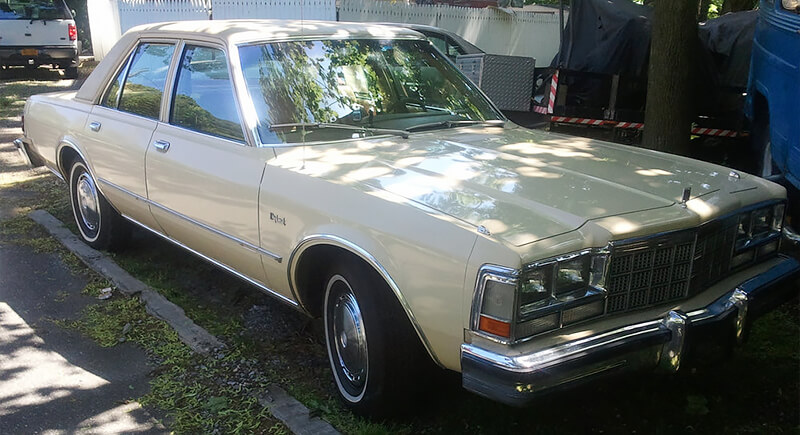
Credit: Reddit
With V8 options, rear-wheel drive, and body-on-frame construction, the Dodge Diplomat could withstand constant, punishing use without major failure. Surviving models are being restored more because they represent an American sedan that refused to quit.
DeLorean DMC-12

Credit: flickr
Even before its movie stardom, the DeLorean DMC-12 grabbed attention for its bold, unconventional styling, such as brushed stainless steel, gullwing doors, and a body like nothing else on the market. Performance was not special, but the look was unforgettable. That’s probably why the production didn’t last long, either.
Chrysler LeBaron Wagon
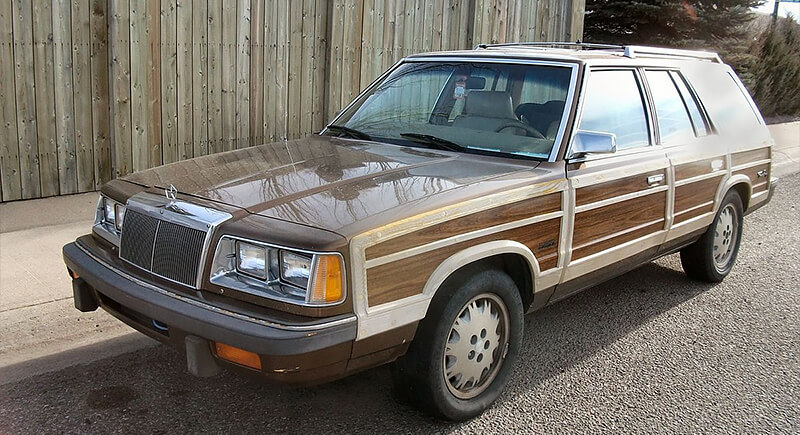
Credit: flickr
What the Chrysler LeBaron Wagon lacked in elegance, it made up for in functionality. It had front-wheel drive, solid comfort features, and enough space for family trips. The faux paneling defined its unmistakable ’80s aesthetic. These wagons aren’t seen much anymore, but it is proof of how American automakers handled family transport before minivans took over.
Ferrari Testarossa
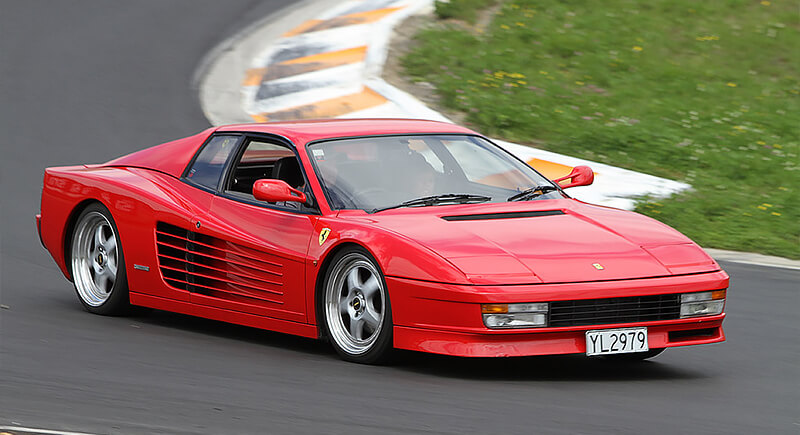
Credit: flickr
Ferrari Testarossa was wide, dramatic, and fast enough to back it up, though getting the most out of it required precision. It became a fixture on screens and in magazines. Beyond its sharp visuals, the vehicle helped shape how people viewed high-performance Italian cars during the 1980s.
Porsche 928
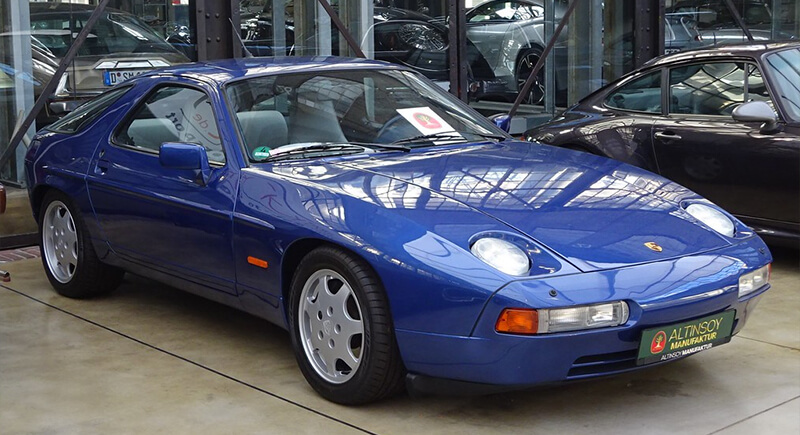
Credit: flickr
The 928 didn’t replace the 911, but it found its own audience. The car had a front-mounted V8, a transaxle layout, and styling that felt years ahead of the curve in the late ’70s and ’80s. It was aimed at grand touring rather than track driving.
BMW M3 (E30)
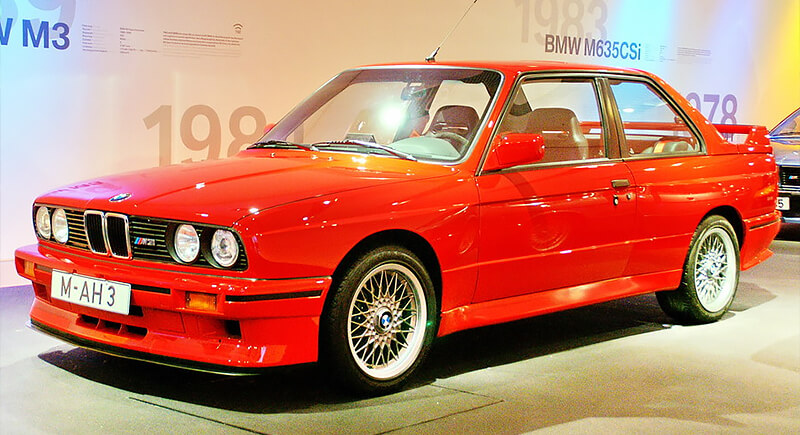
Credit: flickr
Brute force wasn’t the point of the E30 M3—it was built with balance and precision in mind. BMW designed it to meet racing requirements, and that purpose shows in everything from the flared fenders to its direct steering. The engine loved to rev, the chassis felt tight, and drivers connected with it instantly.
Lamborghini Countach
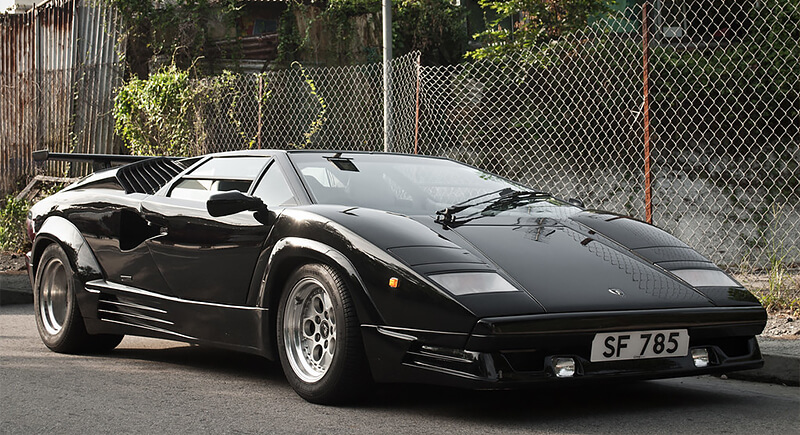
Credit: flickr
Driving the Lamborghini Countach wasn’t easy. Visibility was poor, and everything inside felt extreme. But that was the appeal. The model has scissor doors, angular lines, and a presence that remains visually arresting.
Ferrari 308 GTB
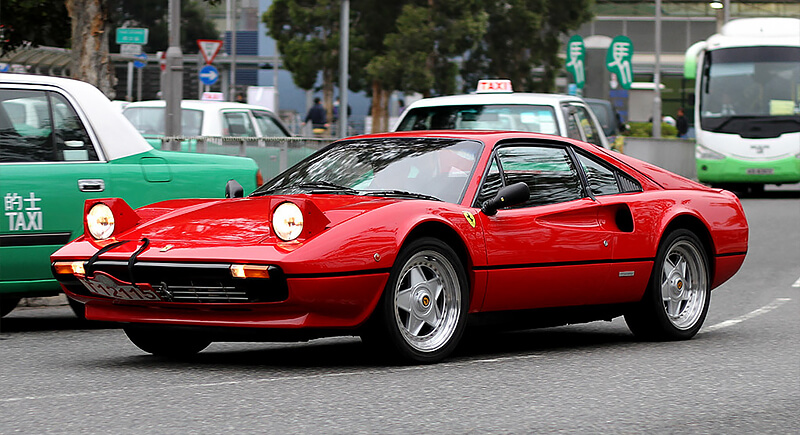
Credit: flickr
As earlier Ferraris grew expensive, the 308 emerged as a relatively accessible entry point. Owners love its clean lines, sharp manual gearbox, and manageable proportions. It’s surprisingly possible to find well-maintained examples these days.